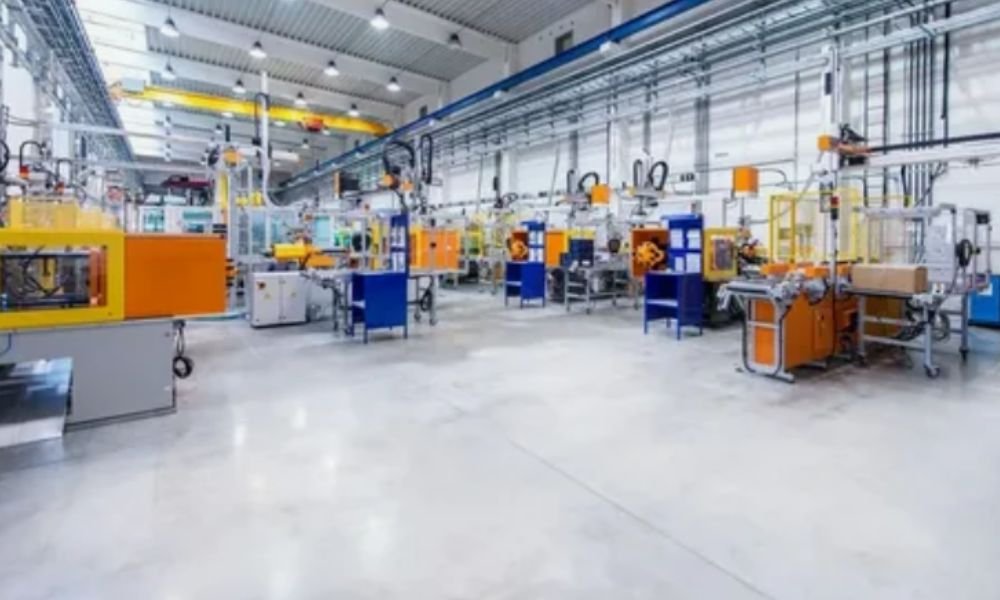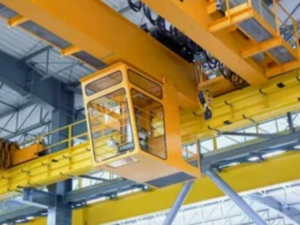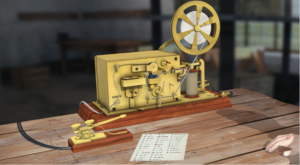Manufacturing Process: Understanding Key Steps and Strategies for Success
The manufacturing process is a crucial aspect of production in nearly every industry. It involves a series of steps that take raw materials and transform them into finished products. In today’s competitive market, the efficiency, cost-effectiveness, and quality of the manufacturing process can determine a company’s success. This article dives deep into the essential stages of manufacturing, key strategies for optimizing production, and the innovations that are shaping the future of manufacturing.
What is the Manufacturing Process?
The manufacturing process refers to the systematic steps involved in producing a product, from initial concept to the final output. It includes designing, fabricating, assembling, and testing, among other processes. Manufacturing is a highly dynamic field that incorporates various methods such as machining, molding, casting, and additive manufacturing.
Types of Manufacturing Processes
- Discrete Manufacturing
In discrete manufacturing, individual items are produced in distinct units. This includes products like electronics, vehicles, and appliances. The process is characterized by the production of a specific number of products with clear specifications. - Process Manufacturing
This involves the production of goods that are usually in bulk, such as chemicals, food, or pharmaceuticals. Process manufacturing is continuous, meaning the raw materials are transformed into products without interruption. - Repetitive Manufacturing
In repetitive manufacturing, the same products are produced in large quantities, often using automated systems. This process is highly efficient and cost-effective, with products being made on an assembly line. - Job Shop Manufacturing
This type of manufacturing involves the production of custom, one-off products or small batches. It requires a high degree of flexibility in terms of equipment and labor. Industries like aerospace and specialized machinery often use job shop manufacturing. - Additive Manufacturing
Also known as 3D printing, this process involves creating products layer by layer from digital models. Additive manufacturing is revolutionizing industries by enabling complex designs and rapid prototyping.
Key Steps in the Manufacturing Process
Understanding the various stages of the manufacturing process is critical for optimizing production and improving overall efficiency. Below are the key steps involved:
1. Product Design and Development
The first step in the manufacturing process is product design. This stage involves creating a blueprint or prototype for the product, determining materials, dimensions, and functionality. Designers use advanced software such as CAD (Computer-Aided Design) to ensure precision and feasibility.
- Prototyping: A prototype is developed to test the design and functionality of the product.
- Material Selection: The right material is chosen based on factors like strength, durability, and cost-effectiveness.
2. Planning and Process Design
Once the product is designed, the next step is planning. This stage includes developing a detailed manufacturing plan, identifying production methods, and selecting the right machinery and tools. Process design also involves determining the layout of the factory floor and the workflow of production.
- Resource Allocation: Efficient use of resources (labor, materials, and machinery) is planned to minimize costs.
- Production Scheduling: A schedule is created to ensure timely production and delivery.
3. Material Sourcing and Procurement
The next stage is sourcing the raw materials needed for production. This step involves identifying reliable suppliers and negotiating prices. The quality of raw materials plays a crucial role in the final product’s quality.
- Supply Chain Management: Efficient supply chain practices ensure that materials are delivered on time.
- Quality Control: Materials are inspected for quality before being used in production.
4. Manufacturing and Assembly
At this stage, the actual manufacturing takes place. The raw materials undergo various processes, such as machining, molding, and welding, to transform them into components that will be assembled into the final product.
- Automated Systems: In modern manufacturing, automation plays a vital role in increasing efficiency and consistency.
- Human Intervention: While automation handles most tasks, skilled workers are still necessary for complex assembly steps.
5. Quality Assurance and Testing
Quality assurance ensures that the final product meets the specified standards. Testing is conducted at various stages of the production process to identify defects early on and prevent issues in the final product.
- Inspection: Components are inspected for defects before assembly.
- Final Testing: The completed product undergoes rigorous testing to ensure functionality, durability, and safety.
6. Packaging and Distribution
Once the product passes all quality checks, it is packaged for distribution. Packaging is designed to protect the product during transportation while also providing branding and marketing opportunities.
- Logistics: Efficient logistics systems are essential for ensuring that products are delivered to customers on time.
- Warehousing: Finished products are stored in warehouses until they are ready to be shipped.
Strategies to Optimize the Manufacturing Process
Lean manufacturing focuses on eliminating waste and improving efficiency. By minimizing non-value-added activities, businesses can reduce costs and improve quality. Key principles of lean manufacturing include:
- Just-In-Time (JIT): This strategy involves producing products only when they are needed, reducing inventory costs.
- Kaizen: A continuous improvement strategy that encourages small, incremental improvements in every area of production.
Automation and Robotics
Automation plays a significant role in modern manufacturing. By integrating robotics into production lines, manufacturers can achieve greater precision, reduce human error, and increase throughput.
- Collaborative Robots (Cobots): These robots work alongside human workers to enhance productivity and safety.
- Automated Guided Vehicles (AGVs): AGVs are used to transport materials and products around the manufacturing facility, reducing the need for manual labor.
Additive Manufacturing and 3D Printing
Additive manufacturing, or 3D printing, has revolutionized prototyping and small-batch production. This technology allows for the creation of complex geometries and custom products with minimal waste.
- Customization: Manufacturers can create unique products tailored to specific customer needs.
- Rapid Prototyping: Designs can be tested and refined quickly, reducing the time it takes to bring a product to market.
Sustainability and Green Manufacturing
As environmental concerns grow, many manufacturers are turning to sustainable practices. Green manufacturing focuses on reducing energy consumption, minimizing waste, and using environmentally friendly materials.
- Energy Efficiency: Manufacturers are investing in energy-efficient machinery and renewable energy sources to reduce their carbon footprint.
- Waste Reduction: By recycling materials and reducing scrap, manufacturers can decrease environmental impact and lower costs.
Future Trends in Manufacturing
The manufacturing industry is evolving rapidly, driven by technological advancements and changing market demands. Key trends shaping the future include:
- Artificial Intelligence (AI) and Machine Learning
AI is being used to optimize production schedules, predict equipment failures, and enhance quality control. - Smart Factories
The concept of the smart factory integrates IoT (Internet of Things) devices to monitor and control manufacturing processes in real-time, leading to greater flexibility and efficiency. - Supply Chain Digitization
The digitization of supply chains helps manufacturers track materials, manage inventory, and optimize delivery schedules using data analytics. - Customization and Personalization
Consumers are increasingly demanding personalized products, and manufacturers are responding by offering customizable options that cater to individual preferences.
Conclusion
The manufacturing process is a complex and multifaceted journey, from design and planning to production and distribution. By embracing the latest technologies, optimizing processes, and focusing on sustainability, manufacturers can stay competitive in a rapidly changing market. Whether you are looking to improve operational efficiency, reduce costs, or introduce new products, understanding the core components of the manufacturing process is essential to achieving success.
Share this content:














Post Comment